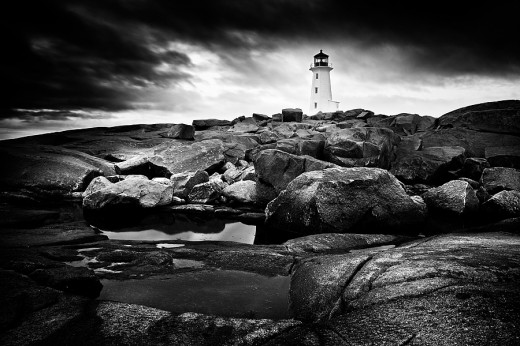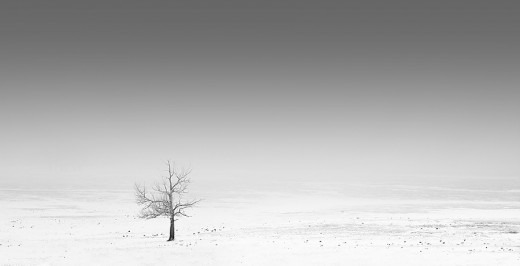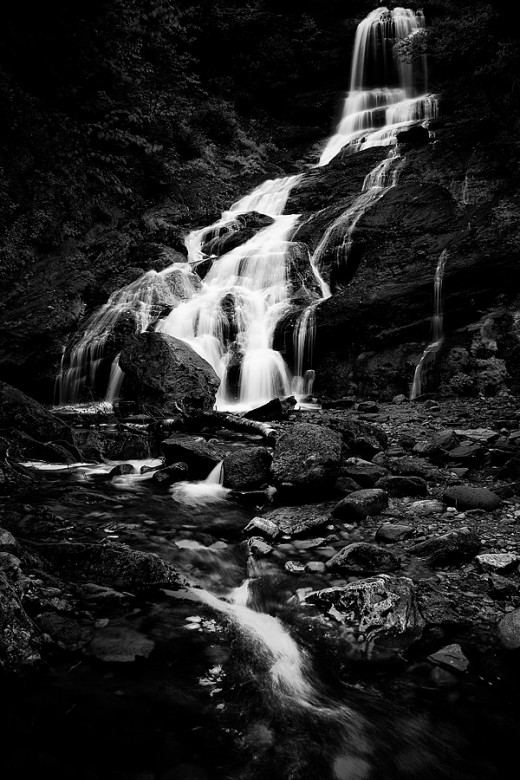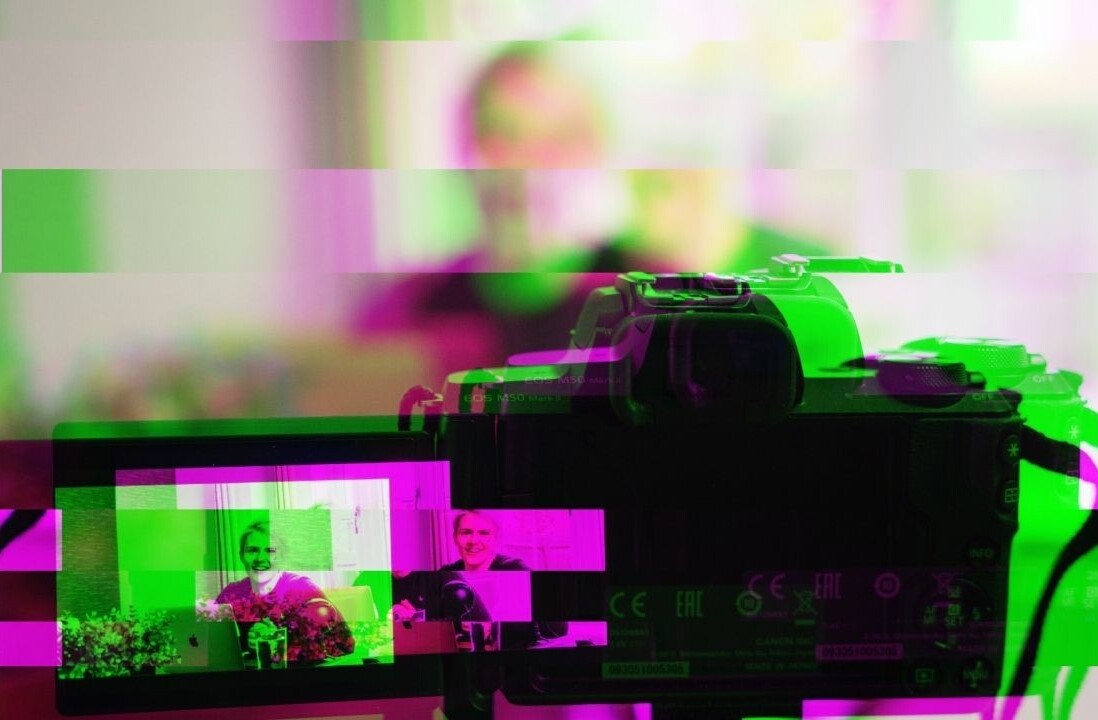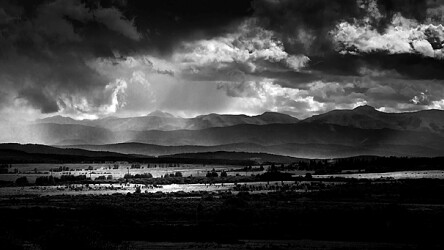
Welcome to our fifth post in the Chasing Photons series, where every Tuesday we will feature one photographer who shares their photography online, using the likes of Google+, Flickr, 500px, or even their own website.
Today we are featuring Olivier Du Tré, a 34 year old photographer who was born and raised in Ghent, Belgium. It wasn’t until after he received his degree in graphic arts in 1998, that he discovered his true passion for photography.
He now lives in Cochrane, a small town to the West of Calgary in Canada.
You can follow his work on his personal website and Google+.
Nancy Messieh: Whats in your camera bag?
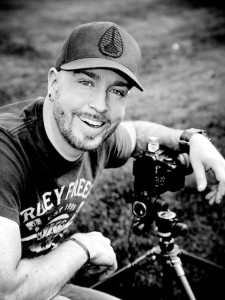 Olivier Du Tré: On the digital side I use a Canon 5DmkII with a 24-105 ƒ4 L lens. A good enough combo for me. I have a small collection of Lee filters (2 stop ND soft grad, Big Stopper and Polarizer) and the necessary rings and holder. A wireless eBay remote. A hot shoe bubble level. Some cleaning stuff, a compass, a headlight. You know, the usual.
Olivier Du Tré: On the digital side I use a Canon 5DmkII with a 24-105 ƒ4 L lens. A good enough combo for me. I have a small collection of Lee filters (2 stop ND soft grad, Big Stopper and Polarizer) and the necessary rings and holder. A wireless eBay remote. A hot shoe bubble level. Some cleaning stuff, a compass, a headlight. You know, the usual.
I also started to shoot film again. I recently purchased a Mamiya RB67 pro-SD with 2 backs and 3 lenses (67, 127 and 180mm) and I try to lug that beast around every time I go out to photograph as well. I’m still in the testing phase but eventually, I want to shoot film for about half of my work. There is something about film and darkroom prints that I cannot seem to reproduce in the digital world.
NM: Did you study photography or are you self-taught?
OT: Years ago, I followed a 3 year vocational photography course. It was eye opening. The course was about shooting film and darkroom techniques and was very technical (mind you this was in the pre-digital world). I remember it was a lot of fun and the trigger for my work now.
Being a graphic designer really helps me with the digital side of my photography. Working with Photoshop for the last 15 years or so on a daily basis really made me very fluent in my post-processing. I can say that I don’t need to think about things, they just happen in front of me.
NM: When/how did you decide to become a photographer?
OT: No idea. Photography chose me I guess. My dad was a photographer and I remember how amazed I was as a little boy when he looked at the light and went “ƒ8, 1/125 sec should do it”. How the hell did he know? I always questioned that. Now I know how to do it myself.
NM: What does photography mean to you?
OT: Photography is a place where my mind can rest. It’s very therapeutic. Time stops when I’m zoning out. Ask my wife. She hates it!
NM: Define your photography in one sentence.
OT: Dark, contrasty, moody, black and white landscape photography? There! Damn that was hard. I don’t know…
NM: What is the one photo you are most proud of?
OT: I think I still have to make that photo.
NM: Where do you prefer to post your photos online? Why?
OT: Like everyone, I started by using Flickr and then I built a Facebook fan page. Which led to a Twitter account, 500px account and now a Google+ account. I like G+ the best because I get so much more honest feedback on my work than I ever have. It’s great to interact with people that like my stuff. And it’s just so darn fun.
But with all these social media sites around, one has to question, WHY do you do that? Well it’s pretty logical, the more you share on different platforms, the more you differentiate your audience. Not everyone uses Facebook or Twitter right?
NM: Where do you love to go to shoot – whether it’s a city, country, or even a specific place.
OT: When I originally came to Canada, the plan was to shoot as often as I could in the Rocky Mountains. After about a year and a half trying to do that, I realized that that was becoming impossible. So I made the decision to photograph the nearby prairies and foothills. It was a difficult transition but once I started to understand the area I got the photos I wanted.
NM: Who or what inspires your photography? Who are your influences?
OT: I have a few photographers that I look up to. But mostly I try to do my own stuff.
NM: Where do you stand on the Photoshop issue – acceptable or not. Why?
OT: Photoshop is the darkroom of the new age. People that believe Ansel Adams never used the tricks we do now in Photoshop are very, VERY WRONG!
NM: Do you have any pre/post-photography rituals
OT: Battery… check. Memory card… check. Format memory card… check. And I usually dial in some values in my camera before I go out and photograph.
NM: What do you listen to when you’re editing?
OT: That’s a funny question because a few weeks ago, Colby Brown asked the same thing. I listen to whatever is metal/hard rock when I’m doing edits. Even now, writing the answers to this interview, I’m listening to the latest album by a band called ‘Five Finger Death Punch’. I need music to function (concentrate?)
NM: What do you do to jump start your photography if you’re blocked? (If that happens)
OT: What I’ve learned over the years is not to be too worried about it when it happens. When it happens, I wait. You don’t have to photograph to become better at it you know. Thinking about it and making compositions in your head can train your eye too. Inspiration will eventually come. Don’t worry about it too much. It has to… right?
NM: All of your work is in black and white – is there any particular reason you prefer to work in black and white?
OT: Not all of my work is in black and white. But I defined myself as a black and white artist on G+. I recently made the transition to do black and white for 95% of my work because that’s who I am. That’s what I am good at. That’s what I feel is right for me.
But if you go to my website, there are quite a few colour images on there as well.
NM: I’m curious about what inspired the album of street lamps, Volts?
OT: Thanks for your interest in this series. When I originally started with landscape photography, I wanted to show the purest landscapes around, no exceptions. I did not want to see any fences, telephone poles, benches or anything else man made in my photos. Gradually, I tried to include man made subjects and began to enjoy incorporating them. I used them in my compositions as sort of a guide for the viewer to follow.
The Volts series originated from the complete opposite idea. In this series I wanted to show the objects that – by definition – I hate. I really have to force myself to look at these subjects in a completely different way. It’s an awesome exercise to do. Mind you, I get the weirdest looks from people. But the thing is, I try to show the beauty in those utility poles. When people finally see these photos they often say “I had no idea they could be so beautiful”. When that happens, I know I’m doing something right.
We pass by these poles every day to the point where we don’t notice them anymore. We take the services they provide us with for granted. But take them away and our world would descend into chaos. I thought that was interesting.
I eventually want the series to include 110 photographs and title it 110Volts. Maybe I’ll make 110 more…. Who knows?
NM: Any advice for aspiring photographers?
OT: Follow your heart in whatever you do. If it feels right to you, that’s because it usually is.
Check out a selection of Olivier’s photography below:
Keep up with the entire Chasing Photons series here.
Get the TNW newsletter
Get the most important tech news in your inbox each week.

